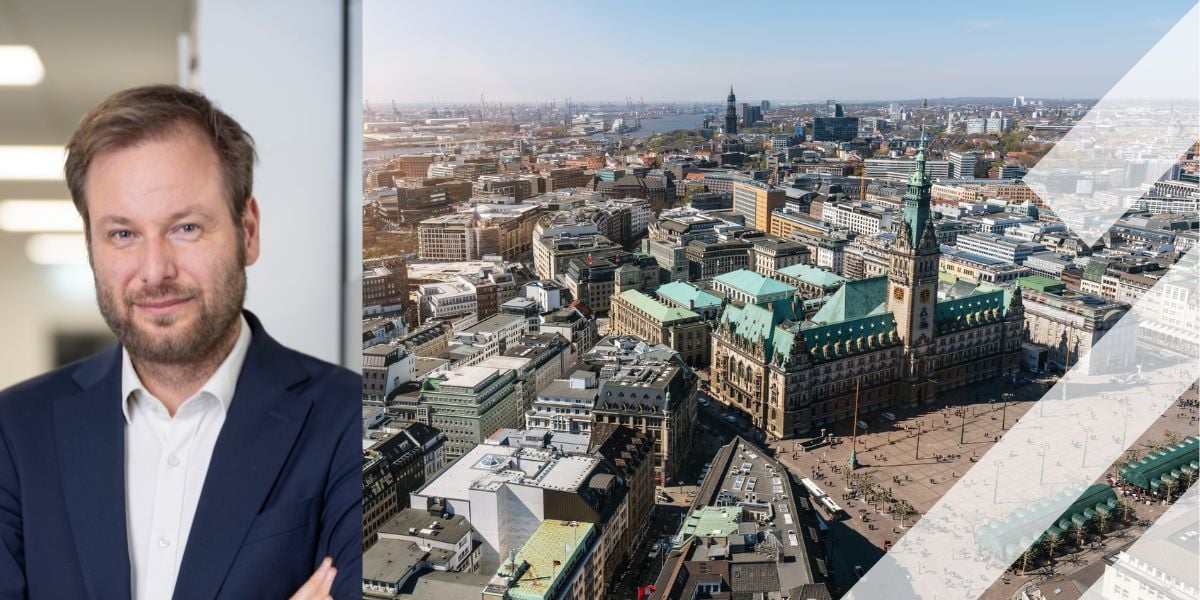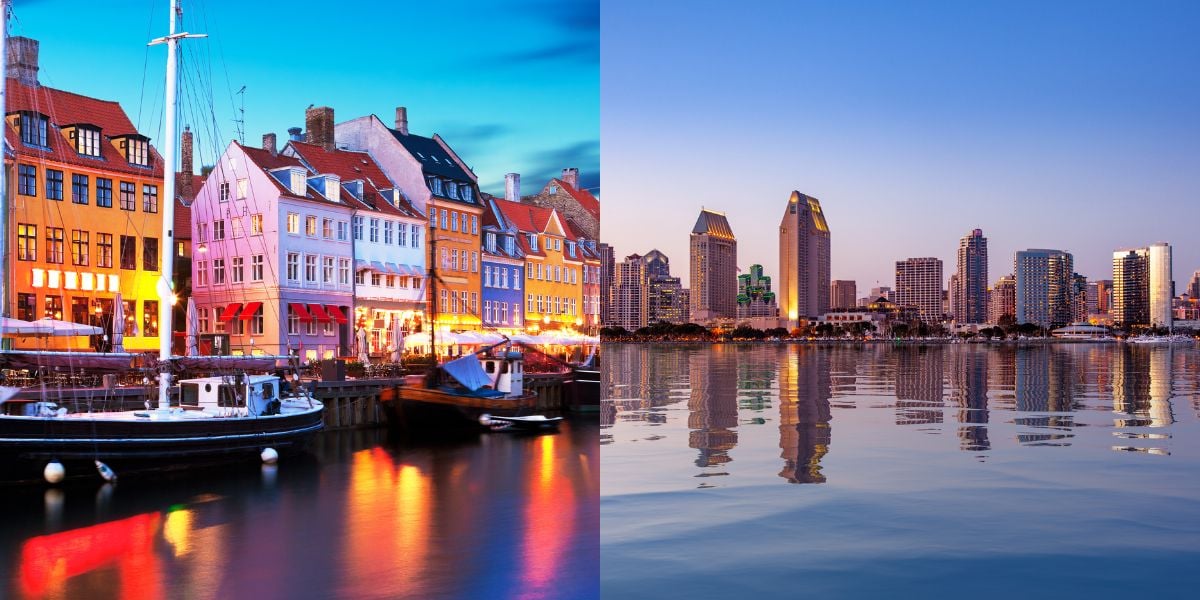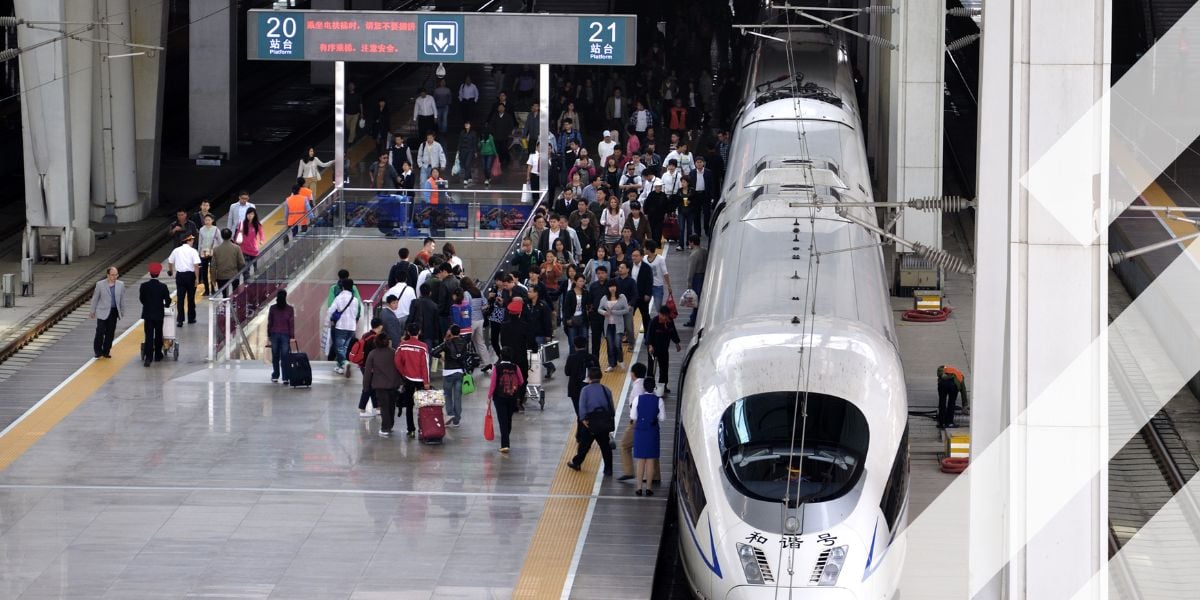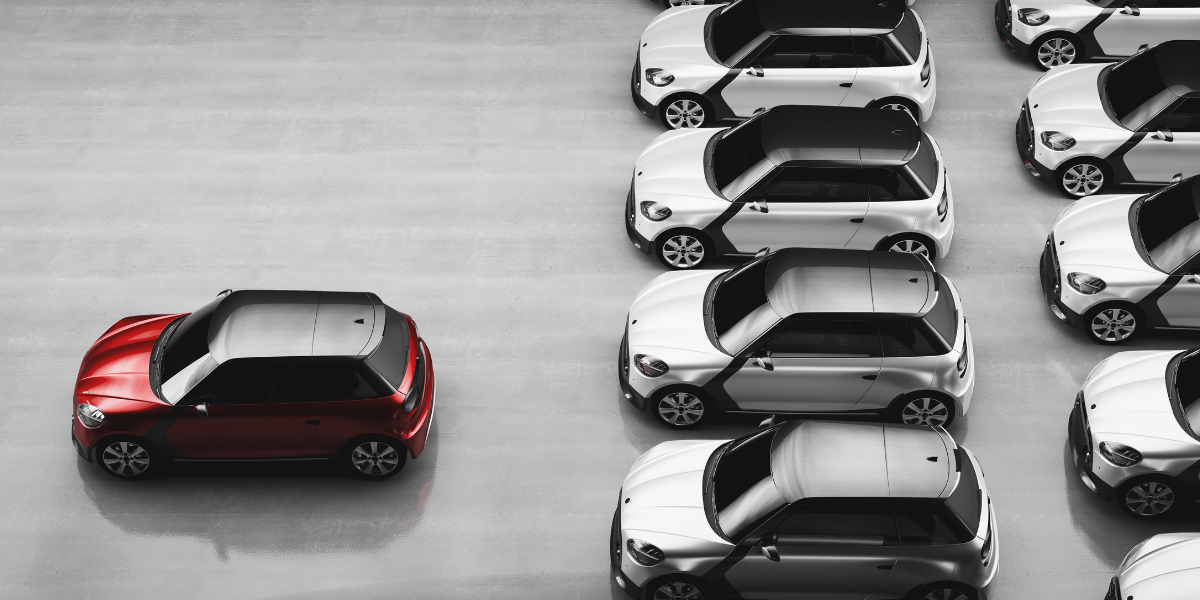Speeding up the mobility transition, Lucien Groenhuijzen | Gaiyo
With the continuous growth of the population and ongoing urbanization, there are numerous mobility challenges. Sustainability, safety and societal impact are amongst our daily concerns. We need to speed up the mobility transition to keep up with the fast-changing global dynamics, which requires inventive approaches and better solutions. In this series, we share inspiring and innovative cases from all over the world. We spoke to Lucien Groenhuijzen, founder of MaaS app Gaiyo. How does he speed up the mobility transition?
‘Before I made my way into the mobility industry I worked as an IT consultant driving around the country enjoying traffic jams... In the year 2000, I was asked to develop a system which would measure traffic by tracking mobile phones. In 2005, I approached the Director of TomTom to take over the application and that's how I rolled into the mobility industry.’
“80% of passenger trips in Europe is done by car and it hasn’t changed very much in the last decade.”
‘In 2013, I started Innovactory to provide lean mobility solutions for regions and local communities. The first app called TimesUpp, checks your agenda, your travel behaviour and gives you an optimal route. Three years ago, more parties started asking what we thought of MaaS. At first we had our doubts, because at the time we focussed on motorists. Whereas MaaS was then seen as a public transport solution. But 80% of passenger trips in Europe is done by car and it hasn’t changed very much in the last decade. Cities just do not stop growing and the environment is under pressure. We agreed something had to change, and so we decided to develop the Gaiyo concept.’
‘Gaiyo is an app that guides motorists to travel, for instance to RAI Amsterdam, in a smart way, park their car and continue with shared mobility or public transport. In addition, we position ourselves as the cheapest parking app from the Netherlands. By using the application for parking, the user becomes aware of our other services. You can buy a train ticket, book a shared car, book group train tickets with discount, find park and ride locations, etc. We launched in spring 2021 in the Netherlands and the app has now been downloaded around 60,000 times and we had 30,000 active users last month. A couple of thousand people regularly use our services to find and pay for a parking spot or buy train tickets.’
‘Our business model is based on selling services and we receive a kickback fee from the carrier. On top of that, we develop additional services for the user, such as one invoice for everything. We also work for governmental organisations and local governments to promote new modes of transport. For example, in Utrecht students travel to class by bus or tram. They get overcrowded. The municipality has asked us to start a pilot to motivate students to travel with Gaiyo so that they may travel less by public transport and use other (electric or shared) modes instead. They will get used to shared mobility, which is important for the future.’
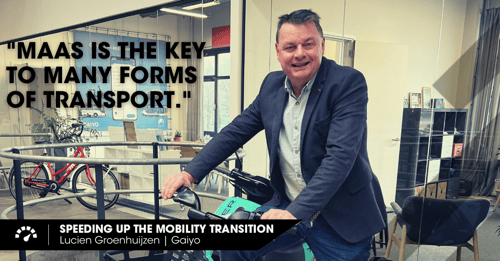
‘This is what Mobility as a Service is. For me, MaaS is the key to many forms of transport. Not only does Gaiyo give insight on where the transport is or how you can travel from A to B, it also makes it possible to use it! Travel should be as easy as possible. No longer needing your own private vehicles, I think is an evolution and will happen gradually. We are already surprised with our active users doing 3-4 transactions per month. In the coming period, we want to try to put together subscriptions in the form of packages consisting of shared scooters or bicycles, public transport subscription and a shared car you can use a month for a specific mobility budget.’
‘Cities go very well with Mobility as a Service. More and more cities are developing mobility hubs, where people park their car and transfer to a different mode, or start their trip with direct access to all shared mobility alternatives. Currently, the Netherlands is running seven different MaaS pilots and with Gaiyo we deliver the service in Utrecht where we get the chance to start offering our services. For accessibility of the regions, I believe the car will remain the most important mode of transport. You can offer shared mobility or alternatives, but that must be supported by public funds. Otherwise, the business case will not materialize for the parties. In Amsterdam shared scooters are used around 8-10 times a day, but if you place them in a small town such as Emmeloord you can be happy if these are used five times a week. Shared bicycles in the region sometimes stand still indefinitely. If we want to make rural areas more accessible, you need to use MaaS on a demand-driven basis.’
“Shared bicycles in the region sometimes stand still indefinitely. If we want to make rural areas more accessible, you need to use MaaS on a demand-driven basis.”
‘I am very committed to make this possible, because it is about the future of our children and it concerns our own. For a more sustainable planet, something really needs to change. Not by pointing a finger or obliging people to do something, but by helping to do things smarter. For sustainable mobility to succeed, you need:
- Of course a MaaS app like Gaiyo.
- We need to succeed in fulfilling the promise of one app for all your transport, accessible to everyone. This has proven to be quite complicated, because some larger transport companies see it as a threat to compete directly with each other via such a platform. That's not how I see it; we try to get something done together. Let all people decide which app or transport they use.
- People need to see and experience it. We help the user find the cheapest or free place to park and show other alternatives to proceed the travel. If you don't see or know about the alternatives, you will never try them.’
“You have to protect your modes against theft, vandalism and fraud and at the same time make it as easy accessible as possible.”
‘So for sustainable mobility we need Mobility as a Service. Now, MaaS still has a lot of challenges to tackle. The first is making it as easy as possible for really anyone to use all kinds of mobility and transport services. Guiding potential users by the hand. That can be quite complicated. We have experienced that shared electric bicycles disappeared in containers to other countries. You have to protect your modes against theft, vandalism and fraud and at the same time make it as easy accessible as possible.’
‘In addition, the price. People are sensitive to price incentives. Using incentives is necessary, especially in the beginning, to bring about behavioural change. Of course it is not only price. Change of behaviour happens in several ways: if you show your user that there is a traffic jam at the same route every day, you can point out other possibilities to travel from A to B.’
‘Gamification can also help change behaviour for some target groups. By traveling more sustainably and reducing Co2 emissions, you get points and compete with friends.’
“50% of traffic jams are work-related. If we really want to make a difference, you also need the employers.”
‘However, if we really want to make a difference, you also need the employers. 50% of traffic jams are work-related and often financed by the employer with reimbursements. Employers can also think of using a MaaS system offering more sustainable options. Changing your commute by using MaaS means people might start using it for private trips as well. A lot of large employers offer lease cars, but 80% of the journeys made are private. Commuting is already often done by public transport. I see a lot of new opportunities coming up with the new Dutch cabinet as they want to motivate employers to offer more sustainable ways to travel. For instance, if you travel to work with a fossil fuel car, you get no reimbursement at all, while for an EV you receive a reimbursement of 19 eurocents per kilometre and 50 eurocents when you come by bike.’
“We are independent; we do not offer ‘wheels’ ourselves.”
‘As mentioned above, another big challenge has long been to have parties that to work together and share their data. We have connected most parties in the Netherlands. I think we are successful, because anyone can join us and we are independent. In addition, we do not offer ‘wheels’ ourselves. We are therefore not affiliated with a major carrier and cannot be seen as a competitor. In our contract with carriers it is stated that parties have the opportunity to terminate the contract in case a competitor is added to the platform according to their opinion. In recent years, we have also invested a lot in smart technology, which means that we can connect a carrier as quick as in three months’ time.’
‘There is a lot the future has to offer us. First of all, we are working with taxi operators to offer their services via Gaiyo as well. It can be very comfortable when you travel by train the first part and then get a taxi. A taxi might not be zero emission, but you cannot always demand that just yet. Convenience is key for people to change behaviour step by step.’
“Convenience is key for people to change behaviour step by step.”
‘Furthermore, we have started the Gaiyo business solution with the first pilot companies. We offer them one invoice for all types of transport. In the course of the year, we expect all public transport parties to be connected and we are also going to start in cities in Belgium and Germany.’
‘Is MaaS the future of mobility? I think we are increasingly becoming aware that we all need to change our travel behaviour and make conscious choices for each trip; Mobility as a Service is the way to go in this regard. Change is possible. Not that long ago, we used a physical map to navigate, now we use navigation apps on our phone. In a few years’ time the same will happen with car ownership, as you can access all mobility modes just by the use of your phone. I repeat: convenience is key. We should always keep that in mind.’
Share your story
Do you have an innovation, research results or an other interesting topic you would like to share with the professionals in the infrastructure, traffic management, safety, smart mobility and parking industry? The Intertraffic website and social media channels are a great platform to showcase your stories!
Please contact our Sr Brand Marketing Manager Carola Jansen-Young.
Are you an Intertraffic exhibitor?
Make sure you add your latest press releases to your Company Profile in the Exhibitor Portal for free exposure.



